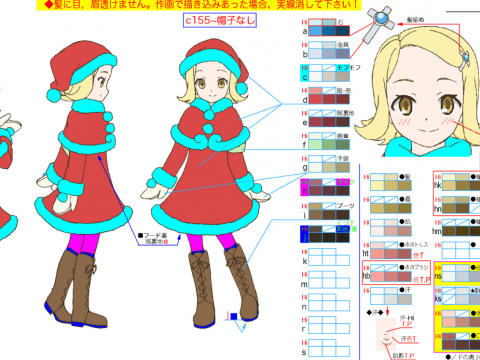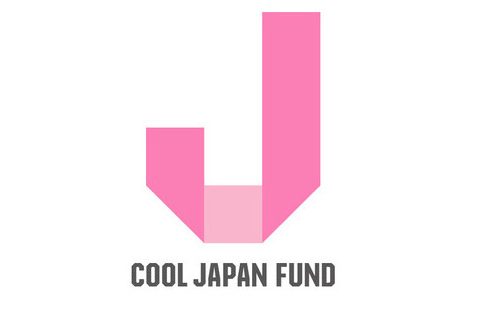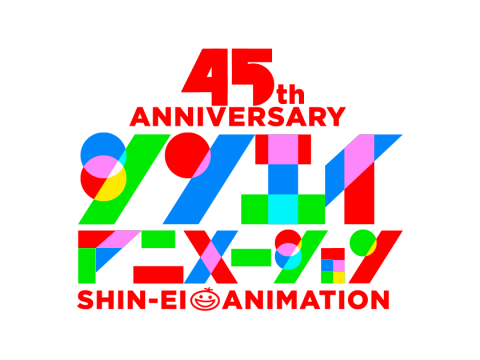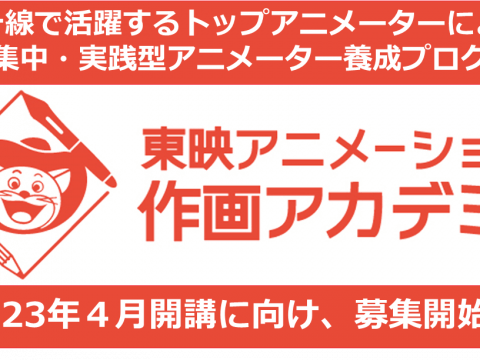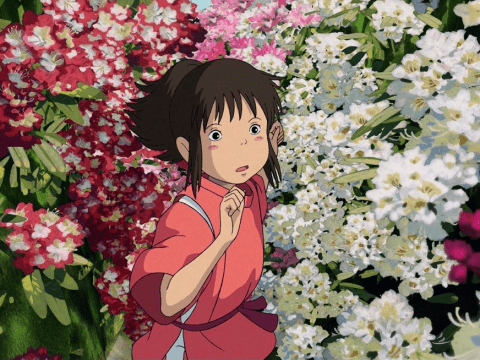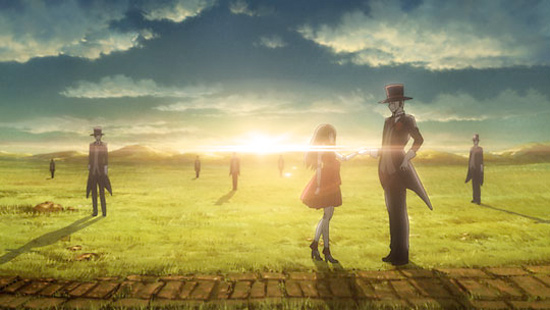
There’s been a lot of talk about the future of the anime industry lately, a lot of it doomy and gloomy. Many of the masters of the medium are retiring or dying with no clear heirs to step up and replace them, wages and working conditions for young animators are abysmally low, and much of the top talent is making an exodus to the (slightly) more well-paying world of video games.
A bright spot in the midst of the doom and gloom is the creation of the Japanese Animation Creators Association, or JAniCA, a labor union for animators founded by the likes of the lates Satoshi Kon and Toyoo Ashida (Vampire Hunter D). In 2010 JAniCA secured over $2 million from the government’s Agency for Cultural Affairs for its Young Animator Training Project, which went into the creation of four 30-minute shorts staffed by young animators who would, ostensibly, receive on-the-job training through the shorts’ creation.
The project, renamed Anime Mirai (Anime Future) in 2012, has continued annually since then, with the most successful short so far (in terms of visibility, at least) being last year’s Little Witch Academia. Now 2014’s crop of shorts have hit Japanese theaters.
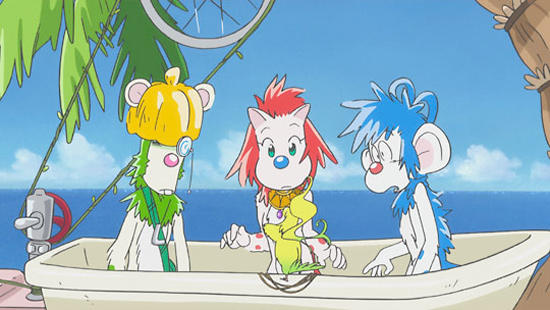
The first two films in the collection share a light, kid-friendly tone. First up is Paroru’s Future Island, the story of a group of talking, walking animals. Expressly warned against leaving their island since childhood, three of these animals do so anyway, finding themselves face to face with human civilization and facing off against an evil circus director.
Directed by Kazuaki Imai, who’s done episodes of Doraemon and Kimi no Todoke, Paroru is a pretty charming little film. Its script is a straightforward “fish out of water” story, but it works within the 30 minute runtime. Produced by Shin-Ei Animation (Doraemon, Crayon Shin-chan), it features the most fluid animation of the bunch.

A-1 Pictures’ The Big First-Grader and the Small Second-Grader offers up a plot about as complicated as you’d expect based on the title, with the titular first-grader going on a journey that helps him gain self-confidence. It has nice, simple designs and pretty watercolor backgrounds, but tries a little too hard to pull on the heartstrings. It’s competently done, but the obviously adult actors trying to sound like kids is a little too sickly sweet for my ears.
Things get darker with Chronus, the Studio 4°C entry. It’s the story of a high school boy who, since childhood, has been able to see an angel of death hovering around people about to die. Having long resigned himself to the inevitability of these angels’ work, he changes his mind once he sees one approaching his childhood friend.
It’s not the most original idea, but it’s pulled off pretty well here by director Naoyuki Onda, best known as a character designer on projects like the new Berserk films and Ergo Proxy. My only gripe – the designs (by animation director Yasuyuki Shimizu) are pretty darn ugly. Studio 4°C’s known for its unique designs, and it feels like Shimizu was going for something in that vein, but fell a bit short. That aside, a well-executed piece.
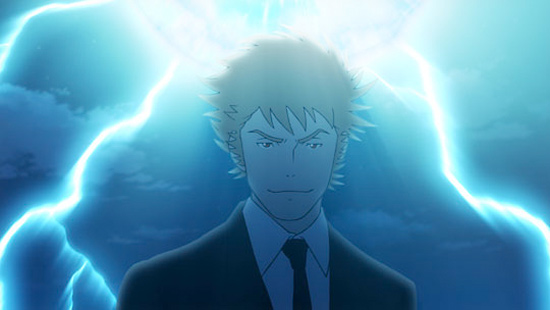
Anime Mirai is rounded out by Harmonie, produced by Ultra Super Pictures and directed by Yasuhiro Yoshiura (Time of Eve, Patema Inverted). The story of two high schoolers who move in different circles but connect when they realize they’ve been sharing the same dream (literally), Harmonie is the most intriguing of the shorts: it feels like 30 minutes of screen time was only enough to scratch the surface of whatever Yoshiura has in mind.
Is this year’s crop of Anime Mirai shorts a success? That depends on your expectations.
Certainly, all four films are well-made and entertaining. Though I’m not dying to revisit any of the shorts, there’s not a stinker in the bunch. From that perspective, this year is a win for the Anime Mirai project.
But while all the films are well-crafted, there’s not a lot to distinguish them creatively from any recent television or theatrical anime. In other words, they all feel like normal commercial projects.
The advantage of government funding for the arts is, in theory, artists have more leeway to work without thinking about making their projects commercially viable. From that perspective, it’s a shame none of the four shorts could be picked out of a normal anime lineup.
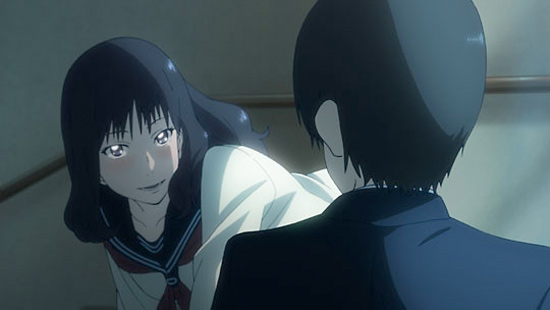
I can only speculate who’s responsible for this lack of experimentation: maybe the studios, seeing the success of the Little Witch Academia 2 Kickstarter, decided to use their Anime Mirai projects as pilot films for potential sequels or series: Chronus and Harmonie, especially, feel like they could be expanded on.
As I understand the Anime Mirai system, though, several studios bid for the funding, ostensibly submitting story outlines or scripts. If so, it’s the Agency for Cultural Affairs’ bad for not taking chances on more out-there projects.
The object of Anime Mirai, first and foremost, is to serve as a training ground for young animators, and if that goal was accomplished in the making of these shorts, we’re pleased as punch. But if Anime Mirai is truly a glimpse at the future of anime, it doesn’t look so much different from the present.
Related Stories:
– Japanese Government Suspends Funding to Anime Mirai
– Little Witch Academia/Anime Mirai Exhibition
– Studio Trigger looks to get a Kickstart
– Full Little Witch Academia Anime Posted Online
–
Studio Trigger Working on Ninja Slayer Anime


